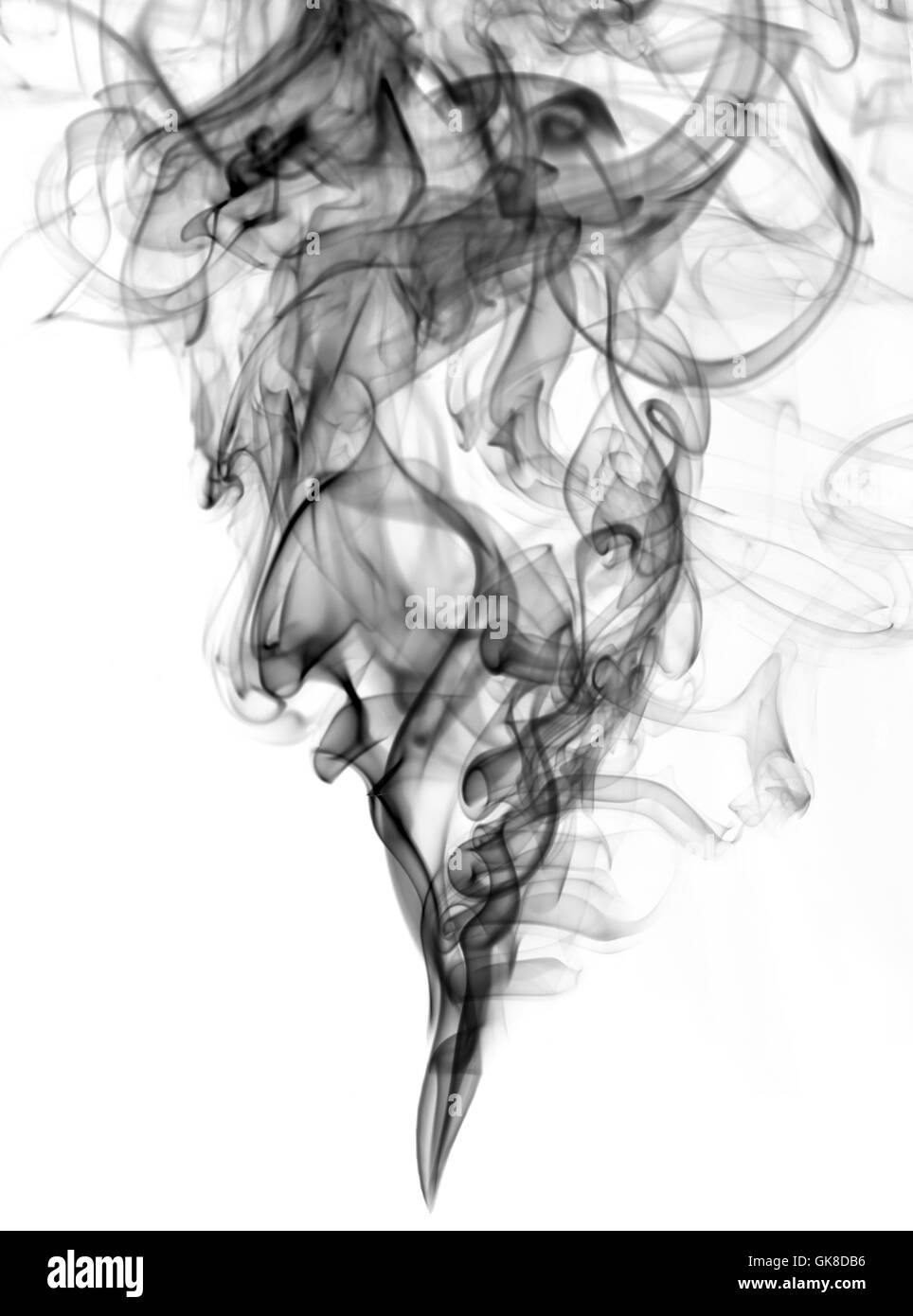

Courses: Build Skills for a Top Job in any Industry by Coursera.Specialization: Python for Everybody by University of Michigan.Specialization: Data Science by Johns Hopkins University.Course: Machine Learning: Master the Fundamentals by Stanford.Legend.text = element_text(color = "white")Ĭoursera - Online Courses and Specialization Data science Legend.title = element_text(color = "white"), Legend.key = element_rect(color = "gray", fill = "black"), Legend.background = element_rect(fill = "black", color = NA), Panel.background = element_rect(fill = 'black'), Plot.background=element_rect(fill = "gray"), Use the dark theme function - theme_dark(): sp + theme_dark()Ĭreate a ggplot with a black background: sp + theme( Stat_smooth(aes(color = Species, fill = Species),
Geom_point(aes(color = Species, shape = Species))+ Start by creating a simple scatter plot: sp <- ggplot(iris, aes(Sepal.Length, Sepal.Width))+ For example to remove the major grid lines for the x axis, use this: p + theme( = element_blank()). To remove a particular panel grid, use element_blank() for the corresponding theme argument. Modfify a rectangle element background fill, as well as, the border color, size and linetype.


Panel.background = element_rect(), # Background of plotting area Plot.background = element_rect(), # Background of the entire plot Key ggplot2 theme options to modify the plot panel and background: theme(


 0 kommentar(er)
0 kommentar(er)
